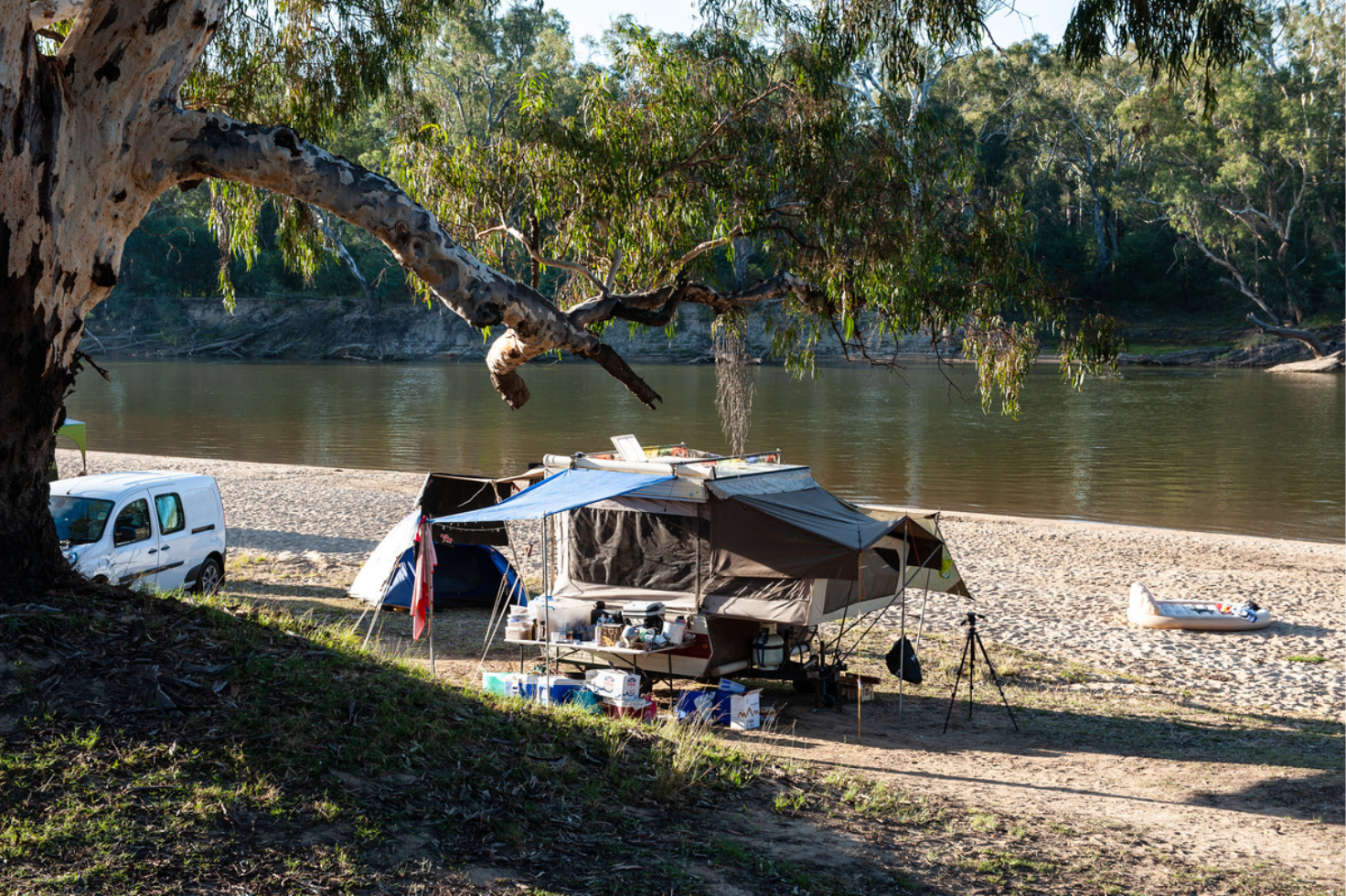This article was originally published in March 2021 and has been updated.
Share this story:
Take your furry or feathered friend on a new adventure with our guide on pet-friendly road tripping.
The laws on pet restraints differ from state to state, and fines can apply when you don’t follow them — but restraining your pet shouldn’t just be about avoiding a fine. It’s more about keeping them comfortable and safe.
Our pets — whether furry or feathered — can be safely restrained in cars, just as we are when we buckle up our seat belts. Head to your nearest pet store or have a browse online for a suitable harness, belt, or carrier to transport your best buddy. There are options available in all sorts of shapes and sizes, so you’re bound to find the right fit for your little pal.
If your pet hasn’t been on many long drives, they might not be a fan of spending too much time in the car. A simple way to get them used to travelling in a vehicle is by taking them on a few mini road trips first. Start with a short drive around the block to get them comfortable with being restrained in the vehicle and used to new sights, smells and surroundings. Then, gradually lengthen the time spent in the car. When they start to get excited about hopping in the car, that’s a good indication that they’re comfortable riding in the backseat.
Be sure to plan a few stops on the way to your destination so your pets can stretch their legs and take regular toilet breaks. This allows them to burn off some energy and of course, help prevent messy mishaps in the car.
However, be mindful that not all parks and reserves allow dogs and other pets, so it’s best to plan your stops ahead of time to make sure you and your pet can safely and happily enjoy your surroundings.
Thankfully, government websites can help take the guesswork out of planning process, providing lists of pet-friendly parks and forests you can visit, and other rules to be aware of. We’ve pulled together a list to get you started:
NSW National Parks and Wildlife Service
QLD Government: Parks and forests
Parks Victoria: Dog friendly parks
Tasmania Parks & Wildlife Service
National Parks and Wildlife Service South Australia
These days, many hotel booking websites will allow you to filter accommodation searches to only reveal pet-friendly stays, but there are also dedicated sites such as Pupsy and Take Your Pet that exclusively promote pet-friendly hotels, campgrounds and parks.
NRMA Parks & Resorts also have plenty of pet-friendly caravan park sites, camp sites and cabins available. So, whether you’re seeking an inland adventure, a snowy mountain escape or a beachside getaway, there’s a pet-friendly stay not too far away. Just keep in mind that there are rules around pets, and you’ll need to follow any applicable regulations.
It’s not just humans who can feel a little queasy in the car. According to Motion and Space Sickness by George H. Crampton, many different animal species can experience motion sickness, including cats, dogs, horses, cows, monkeys, chimpanzees and birds!
So what are the signs? Well, your pet may not be able to directly tell you how they feel or what they want, but panting, whining and vomiting are the most obvious indicators of feeling unwell. According to Crampton, this can be attributed to a few things:
Vision: sights whizzing by while a pet remains stationary can influence susceptibility to nausea, because the movement they’re feeling doesn’t match up with what they’re seeing.
Restraints: the greater the amount of movement allowed, the higher the incidence of sickness. Another reason to buckle up your pet!
A full or empty stomach: when it comes to vomiting, some studies suggest that more food in the stomach is better for dogs, but less food in the stomach is better for cats.
There you have it! We hope these tips will help you achieve the purrfect getaway with your pet!
All content on the NRMA Insurance Blog is intended to be general in nature and does not constitute and is not intended to be professional advice.


